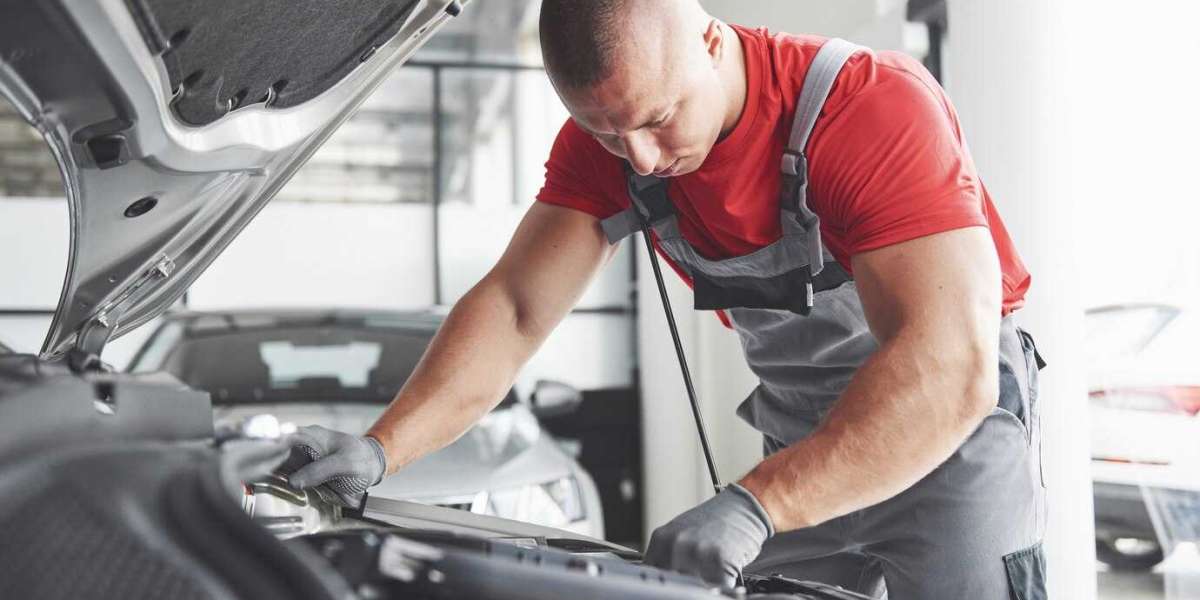Why Is DPF Cleaning So Important?
Diesel Particulate Filters are designed to trap and reduce emissions from diesel engines. Over time, they fill up with soot and need cleaning to prevent blockages. If not cleaned regularly, the DPF can clog up, leading to a series of performance problems. You may experience reduced fuel efficiency, sluggish acceleration, or even complete engine failure in extreme cases.
Cleaning your DPF regularly ensures that your vehicle remains compliant with emission standards while also helping you avoid costly repair bills. In fact, studies show that maintaining a clean DPF can improve fuel economy by up to 10%, which translates into significant savings over time.
The right tools can make all the difference. Without them, DPF cleaning becomes a complicated and time-consuming task. Let’s take a look at the must-have tools that make this process simpler and more effective.
Must-Have DPF Cleaning Tools
When it comes to DPF cleaning, having the right tools is crucial. While professional services are available, investing in quality tools will give you the flexibility to clean the filter yourself. Here are the tools every diesel owner should consider:
1. DPF Cleaning Kit
A comprehensive DPF cleaning kit is essential for removing soot and ash from the filter. These kits usually come with specialized cleaning fluids and nozzles that help flush out blockages. By using a kit, you can extend the life of your DPF, saving you from needing costly replacements.
2. Compressed Air Gun
Compressed air is a powerful way to blow out accumulated soot in the DPF. A high-quality air gun with various nozzles will allow you to target hard-to-reach areas, ensuring a thorough cleaning. Make sure to use proper protective gear when handling compressed air, as the process can be messy.
3. DPF Diagnostic Scanner
It’s vital to monitor the health of your DPF and engine systems regularly. A diagnostic scanner lets you check for error codes and determine the efficiency of your DPF regeneration process. This tool is a must-have to avoid potential breakdowns.
4. Infrared Thermometer
Checking the temperature of your exhaust system during regeneration can help you know if the DPF is functioning correctly. An infrared thermometer allows you to measure temperatures without physically touching the system, keeping you safe from burns and ensuring an accurate read.
5. Cleaning Additives
Fuel additives specifically designed for DPFs help to reduce soot buildup and prevent clogging. These products are easy to add directly into your fuel tank and work in the background to keep your DPF functioning optimally. Regular use of additives can significantly reduce the frequency of manual cleaning.
How to Clean Your DPF Effectively at Home
Now that you have the essential tools, it’s time to understand how to use them effectively. First, park your vehicle in a well-ventilated area and ensure the engine is cool before beginning. Here’s a step-by-step guide to cleaning your DPF:
Remove the DPF: Depending on your vehicle, you may need basic tools like a wrench to remove the filter from the exhaust system. Always consult your vehicle’s manual to avoid damaging any components.
Use Compressed Air: Once the filter is removed, use a compressed air gun to blow out the loose soot. Make sure to wear a dust mask, as the soot particles can be harmful if inhaled.
Apply the Cleaning Fluid: If you’re using a DPF cleaning kit, follow the instructions provided. Typically, you’ll need to spray the cleaning fluid into the filter, let it sit for a specified amount of time, and then rinse with water.
Reinstall the DPF: After cleaning, make sure the DPF is completely dry before reinstalling it. Use your diagnostic scanner to check for any errors and ensure the filter is functioning properly.
By following these steps and using the right tools, you can maintain your DPF’s efficiency and prolong the life of your diesel engine.
When to Seek Professional Help
While cleaning your DPF at home can save you money, there are times when professional help is necessary. If you notice warning lights on your dashboard or if your engine is performing poorly even after cleaning, it may be time to consult a professional. In some cases, the DPF might be too clogged to clean effectively on your own, and a professional cleaning or replacement will be required.
For those looking to invest in top-notch DPF cleaning tools, https://dieselino.com/ offers a range of products to meet your needs. They specialize in diesel equipment, providing reliable tools and expert advice to help you maintain your vehicle.
Final Thoughts: Keeping Your DPF in Top Shape
Maintaining a clean DPF is crucial for the overall performance and longevity of your diesel vehicle. With the right tools, you can ensure that your engine runs smoothly and efficiently. From a cleaning kit to a diagnostic scanner, these tools help you avoid expensive repairs and downtime.
Regularly cleaning your DPF not only improves engine performance but also contributes to lower emissions, keeping your vehicle environmentally friendly. So, don’t wait until it’s too late—equip yourself with the essential tools today and ensure your diesel vehicle remains in optimal condition for years to come.







